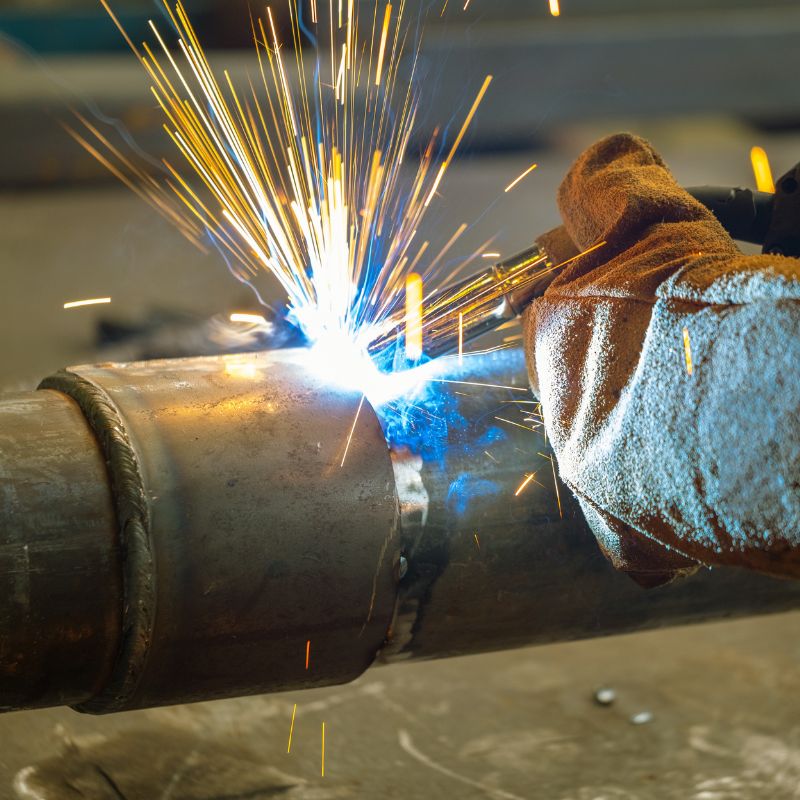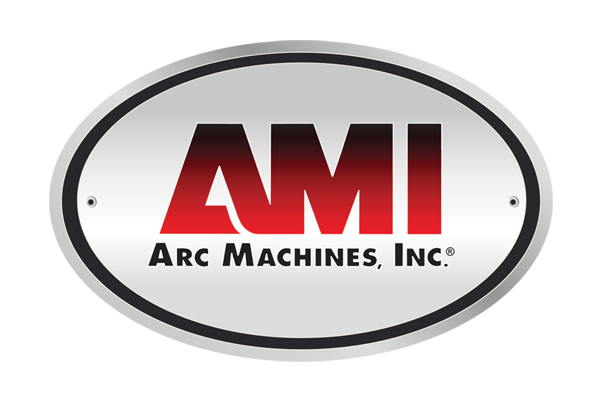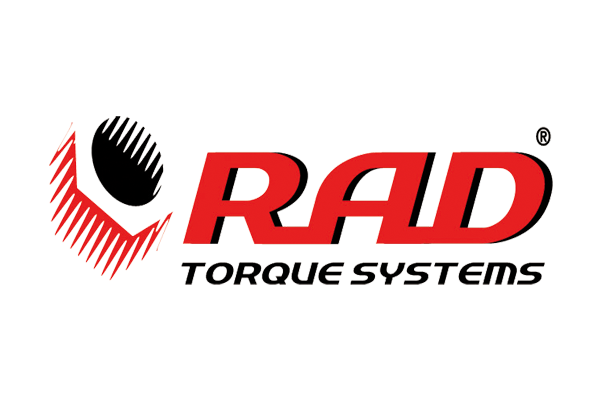5 Things You Should Know About Welding Fumes
Welders are often exposed to harmful fumes due to the welding process during various projects. While the gas produced from welding is common in the workplace, there are several benefits to understanding the exact dangers of it and how to prevent exposure. These are five things you should know about welding fumes that are sure to help you better protect yourself in the future.
What Welding Fumes Are Made of
Welding fumes are unique in that they look like regular smoke but are a combination of various metals that have been reduced to the microscopic level. As a result of this physical state, breathing them in becomes dangerously likely without taking the proper precautions.
Factors Worth Considering
When planning a project, it is important to be aware of the work environment and how it plays a role in controlling fumes. These range anywhere from the air flow, welding techniques, metal composition, or location in general. By taking into account the smaller details, project managers and workers are better able to predict how the fumes act.
The Harmful Effects of Exposure
In the short term, exposure to these metallic particles leads to forms of nausea, dizziness, or irritation in the throat and lungs. If proper precautions are not taken to avoid long-term exposure, cancer is not out of the realm of possibility. Due to the nature of the toxic chemicals created by burning metal, the effects are also not always immediately noticeable.
Ways To Prevent Exposure
Proper equipment for protecting your lungs and eyes is necessary to avoid harmful exposure levels to welding fumes. Welder-specific respirators are perfect for jobs that deal with metallic particles regularly floating around in the air. Alternatively, taking advantage of more tech-savvy methods such as automated pipe spool welding helps keep workers away from the risks while still completing the job.
Reducing Fume Amounts
Welding tools with smaller frames interact with a lower surface area of metal. If it can be helped, using smaller tools with finer designs helps lower the fumes. Setting up rigs to immediately capture the gas once it is created has also proven to expose fewer workers on the job. Many jobs that require interior work benefit most from proper ventilation and a controlled process of the work area to keep welders safe.
Welding does not have to be a dangerous job, as long as welders understand the dangers of welding fumes and take them seriously. Numerous factors are unique to the conditions of the project at hand and should always be accounted for before operations begin. These five things you should know about welding fumes are sure to keep you and others safe on the job.









